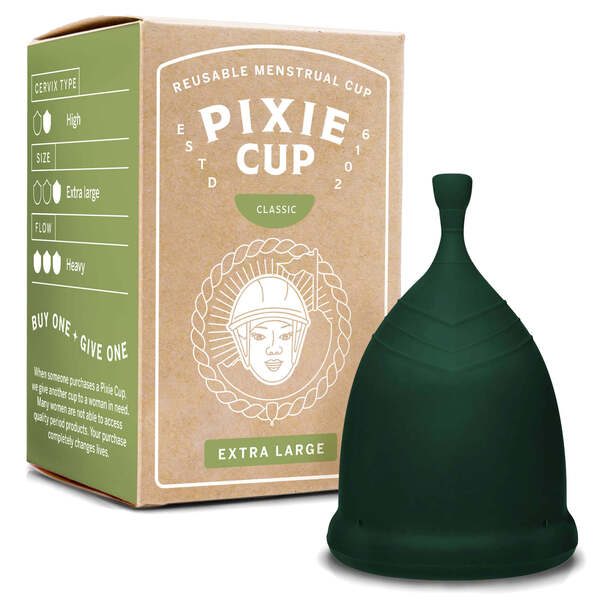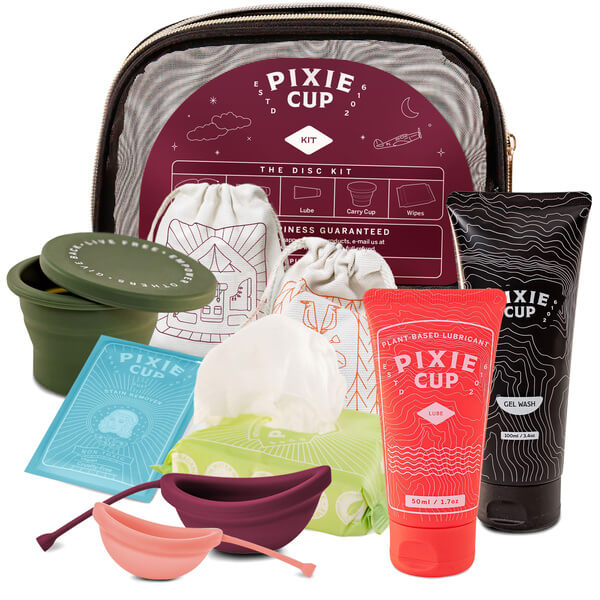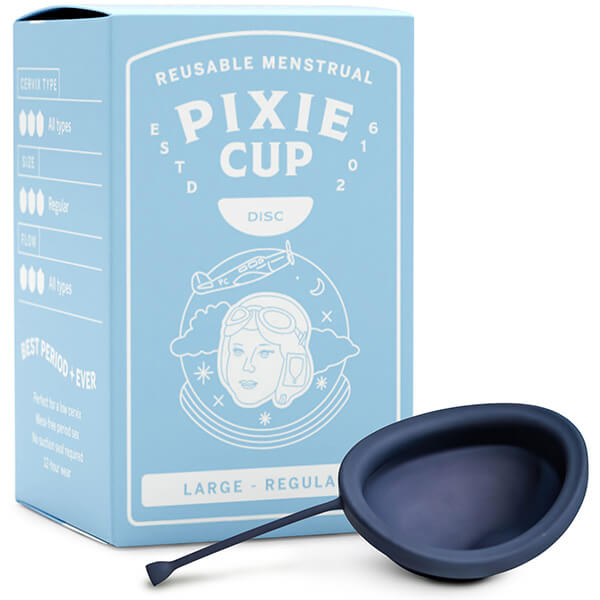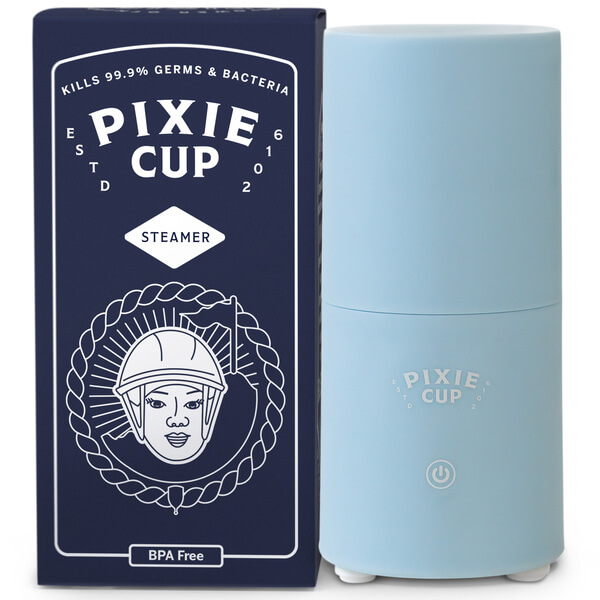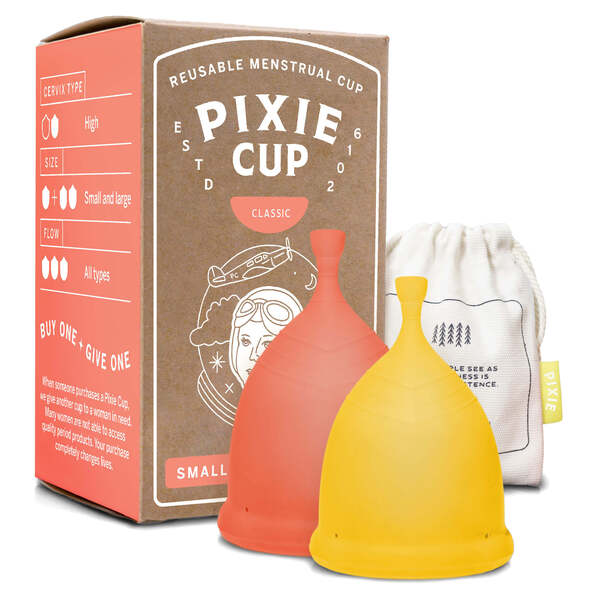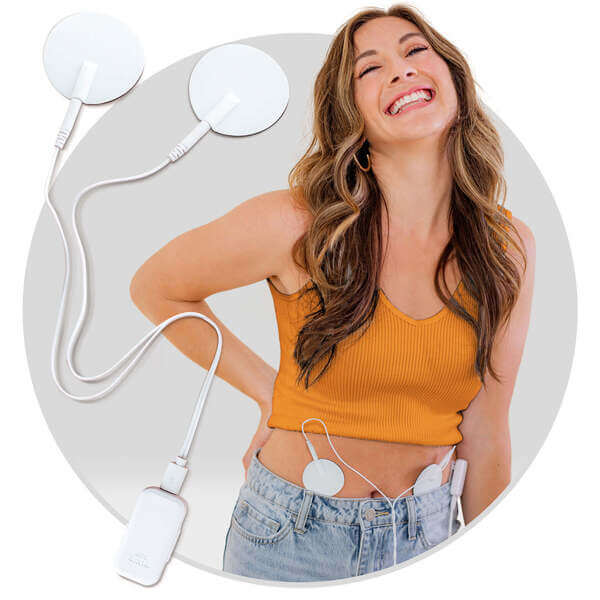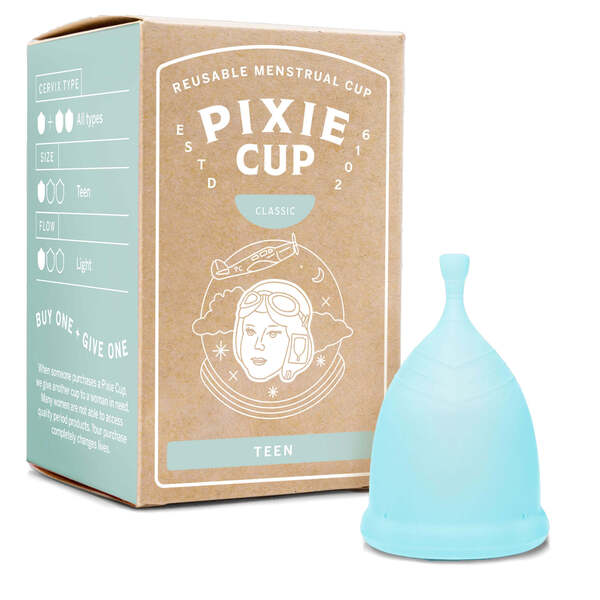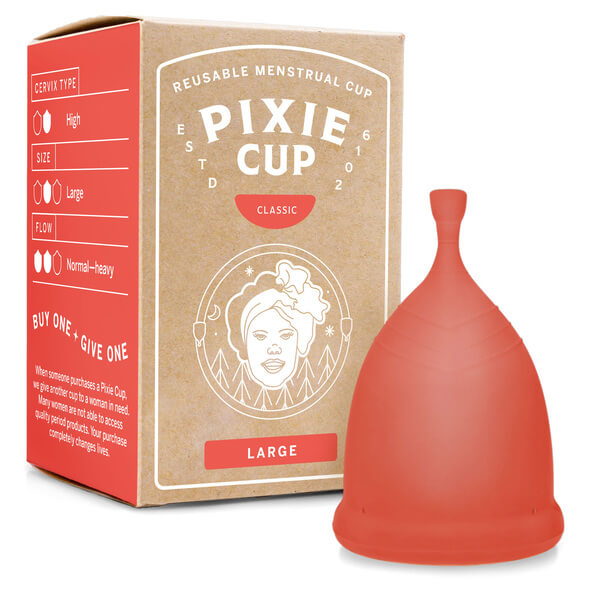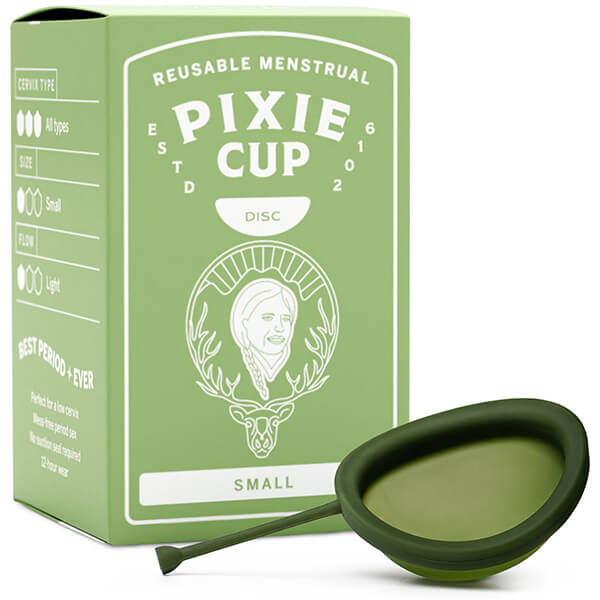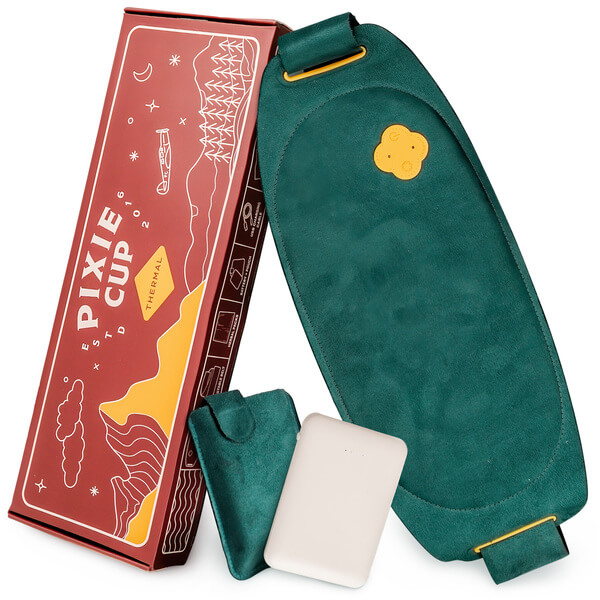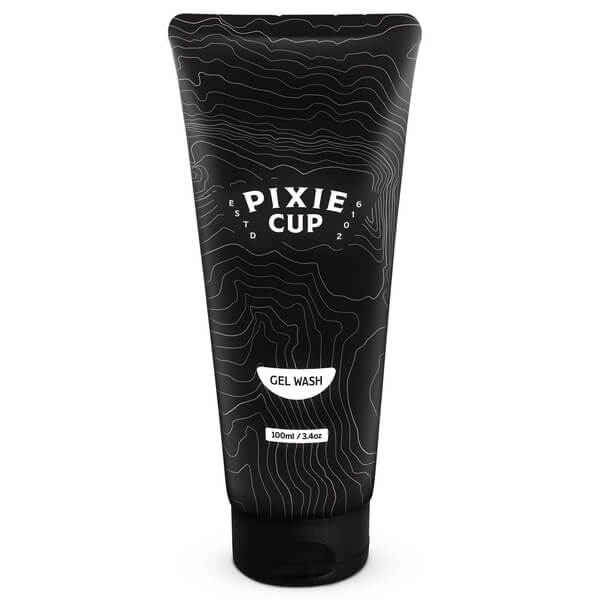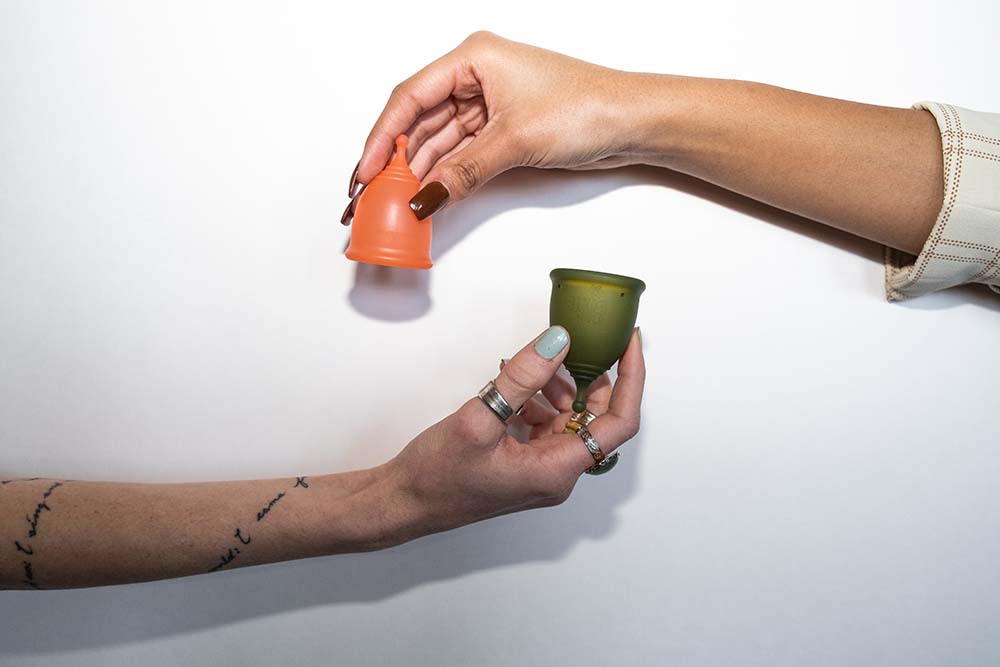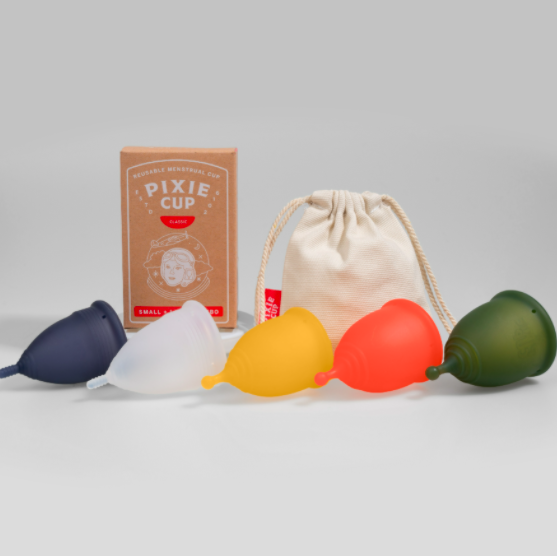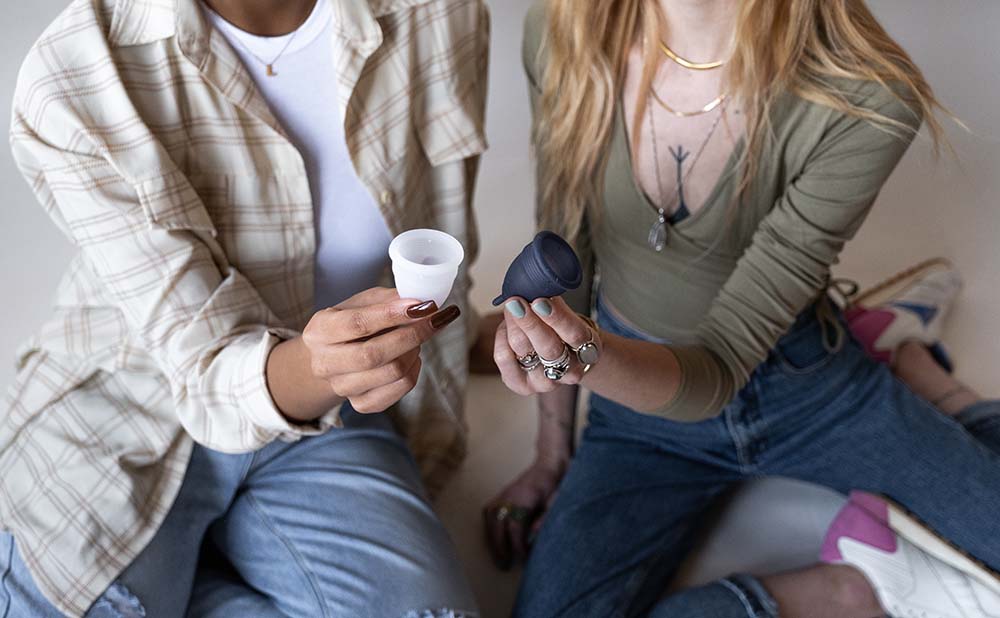The first time I heard about uterine prolapse, it was shortly after giving birth to my first child. I remember feeling a surge of anxiety, worried that I might experience the condition myself. From then on, I found myself obsessively analyzing every physical action, unaware of how common uterine prolapse was or that there were steps I could take to prevent it. Read on and learn how to help prevent prolapse and how to care for yourself if you have a uterine prolapse.
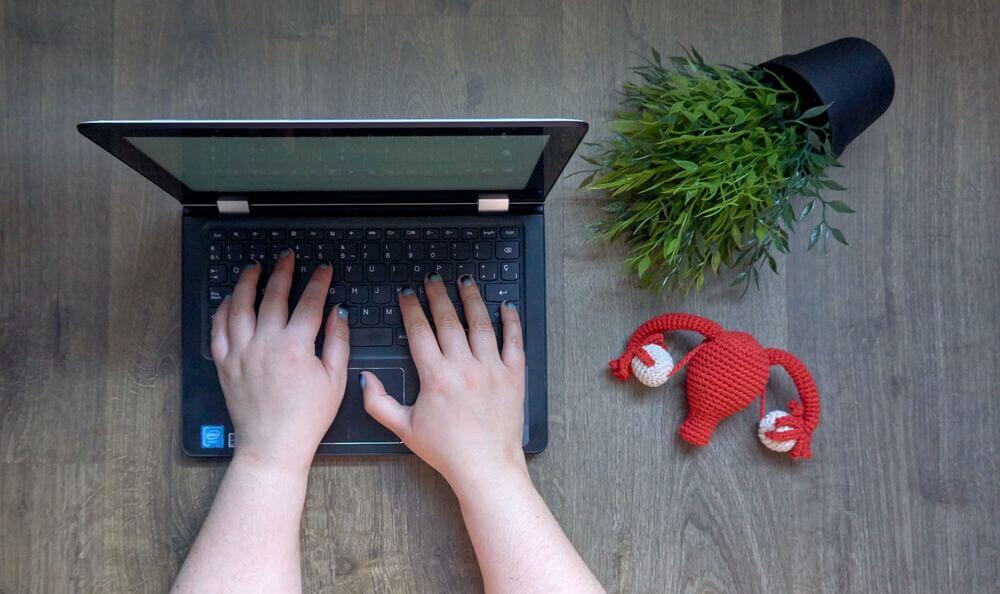
What is uterine prolapse?
Uterine prolapse is a condition that occurs when the uterus falls down into the vaginal canal. This happens when the muscles and ligaments that support the uterus become weakened or stretched, which can occur for a variety of reasons such as pregnancy, childbirth, menopause, obesity, and aging.
What are the symptoms of uterine prolapse?
The symptoms of uterine prolapse can vary depending on the severity of the condition. Some common symptoms include:
- A feeling of pressure or fullness in the pelvis
- A sensation of something coming out of the vagina
- A feeling of discomfort or pain during sex
- Problems with urination, such as difficulty starting or stopping the flow, or leaking urine
- Problems with bowel movements, such as constipation or difficulty emptying the bowel
If you’re experiencing any of these symptoms, it’s important to talk to your healthcare provider. They can perform an exam to determine if you have prolapse and recommend treatment options.
How can you prevent uterine prolapse?
There are several things you can do to prevent uterine prolapse or reduce your risk of developing it. Here are a few tips:
- Maintain a healthy weight: Being overweight can put extra strain on your pelvic floor muscles, which can increase your risk of prolapse. Eating a healthy, balanced diet and getting regular exercise can help you maintain a healthy weight.
- Strengthen your pelvic floor muscles: Your pelvic floor muscles play an important role in supporting your pelvic organs. Doing exercises like Kegels can help strengthen these muscles and reduce your risk of prolapse. Hello, Pixie Kegel Weights!
- Avoid heavy lifting: Lifting heavy objects can put extra strain on your pelvic floor muscles, which can increase your risk of prolapse. If you need to lift something heavy, make sure to use proper lifting techniques and ask for help if you need it.
- Be mindful of your posture: Slouching or hunching over can put extra strain on your pelvic floor muscles. Make sure to sit and stand up straight, and avoid crossing your legs for long periods of time.
- Quit smoking: Smoking can weaken the muscles and ligaments that support your pelvic organs, which can increase your risk of prolapse.
It’s important to note that uterine prolapse is not always preventable, especially if you’ve had multiple pregnancies or vaginal deliveries. However, taking these steps can help reduce your risk and keep your pelvic floor muscles strong and healthy.
How Menstrual Discs Can Improve Pelvic Health?
Now, let’s talk about menstrual products and how they can impact uterine prolapse. Menstrual cups and menstrual discs are both great alternatives to traditional pads and tampons. However, if you have uterine prolapse, menstrual discs may be a better option for you than menstrual cups.
Here’s why: Menstrual cups are designed to sit in the vaginal canal and create a seal to collect menstrual blood. However, because of their shape and how they sit in the body, they can sometimes put pressure on the walls of your vaginal canal.
On the other hand, menstrual discs are designed to sit at the base of the vaginal canal, just past the cervix. They are flat, disc-shaped products that collect menstrual blood without creating a seal like menstrual cups do. Menstrual discs are also made of medical-grade silicone or other safe materials and can be reused for several years.
Because of their different design, menstrual discs may be more comfortable for people with uterine prolapse. They don’t put as much pressure on the walls of the vagina, which can be a relief for people who experience discomfort or pain. For more information on menstrual discs, check out our article on how they can change your life!

It’s important to note that every body is different, and what works for one person may not work for another. If you have uterine prolapse and are considering using menstrual products, it’s important to talk to your healthcare provider. They can help you weigh the pros and cons of different options and make a recommendation based on your individual needs.
Comfortable Periods: Tips and Tricks
In addition to menstrual products, there are other things you can do to make your period more comfortable if you have uterine prolapse. Here are a few tips:
- Use a heating pad or hot water bottle on your lower abdomen to ease cramps and discomfort.
- Wear comfortable, loose-fitting clothing that doesn’t put pressure on your pelvic area.
- Avoid high-impact exercises that can put extra strain on your pelvic floor muscles.
- Practice good hygiene and change your menstrual product regularly to prevent infections.
Overall, uterine prolapse is a common condition that can be prevented or managed through healthy habits and self-care. If you’re experiencing symptoms of prolapse, it’s important to talk to your healthcare provider. They can perform an exam and recommend treatment options to help you feel more comfortable and reduce your risk of further damage.
And if you’re looking for a menstrual product that may be more comfortable for you if you have prolapse, menstrual discs are a great option to consider. They are eco-friendly, cost-effective, and may be more comfortable than traditional pads or tampons.
Remember, taking care of your body is important, and talking about these kinds of issues doesn’t have to be awkward or embarrassing. If you have any questions or concerns, don’t hesitate to reach out to your healthcare provider. They are there to help you stay healthy and happy!


